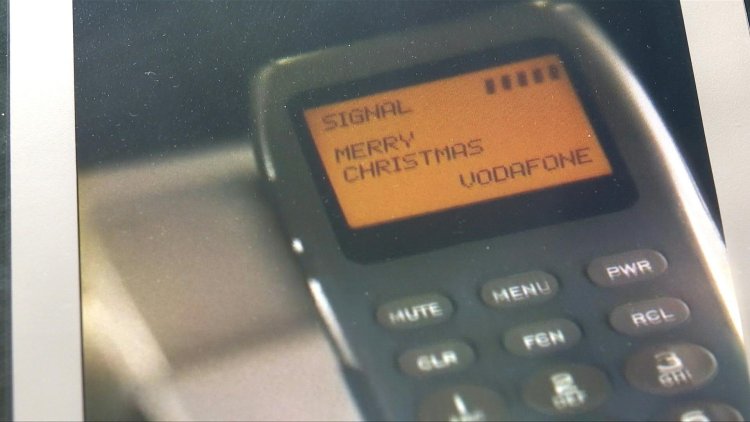NFTs: much hyped, but how do they work?

NFTs have sometimes sold online for astronomical sums, with major companies now joining the craze as the tokens find their way into everything from the art market to video games.
But what exactly are these digital assets, and how are they traded?
NFT stands for Non-Fungible Token.
Something that is "fungible" can be exchanged with an equivalent item -- for example, a $5 bill with another $5 bill.
Cryptocurrencies, which use a digital public record of transactions called a blockchain, are fungible.
NFTs are digital items that can be bought and sold using this blockchain technology. But they are not fungible, making them a different type of asset.
Some have sold for millions, including an NFT by digital artist Beeple which went under the hammer at Christie's in March for an eye-watering $69.3 million.
Some of the most coveted NFTs are released via collections of thousands of unique individual cartoons, such as the Bored Ape Yacht Club.
They are seen as intrinsically cool by their owners, who enjoy boasting of their purchases by displaying them as their social media avatars.
The tokens aren't necessarily images, though: on several websites, such as Decentraland and The Sandbox, you can buy virtual land in NFT form.
Critics say investors are spending money on meaningless items, but supporters insist that NFTs are much more than digital trinkets.
Some predict that using the blockchain to record the ownership history of an item will eventually become much more widespread, revolutionizing how we think about property.















